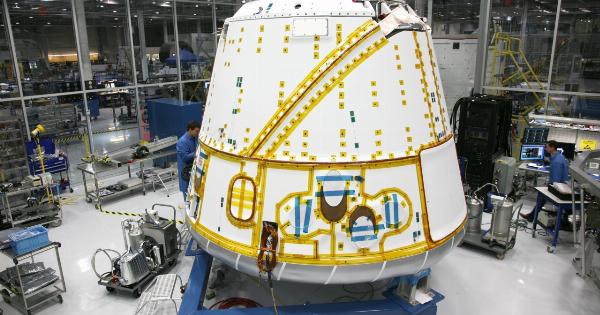CRISPR gene editing is a versatile tool that has revolutionized the field of genetic engineering. It allows scientists to easily and efficiently make precise changes to the DNA of living cells.
However, a new study published in the journal Nature Communications suggests that CRISPR gene editing could also cause permanent damage to the genome.
What is CRISPR Gene Editing?
CRISPR stands for Clustered Regularly Interspaced Short Palindromic Repeats. It is a system that occurs naturally in some bacteria and archaea, and helps protect these organisms from viruses and other genetic invaders.
Using CRISPR gene editing, scientists can make changes to the DNA of living cells. This allows them to add, delete, or modify genes in a precise and targeted way.
CRISPR gene editing has many potential applications, including treating genetic disorders, engineering crops to be more resistant to pests and diseases, and developing new medicines.
The Study
In the study published in Nature Communications, researchers at the Wellcome Sanger Institute in the UK used CRISPR gene editing to delete a section of DNA from mouse embryonic stem cells.
They then sequenced the entire genome of the edited cells to see what other changes had occurred as a result of the editing.
The researchers found that in some cases, the CRISPR gene editing had caused large sections of the genome to be rearranged or deleted.
These changes were not intended or predicted, and were not detected by standard tests that are used to check the accuracy of the editing.
Furthermore, the researchers found that some of these changes were still present in the edited cells even after multiple rounds of cell division. This suggests that the changes are permanent and could potentially have long-term effects.
Potential Implications
These findings raise concerns about the safety and accuracy of CRISPR gene editing. If the technique can cause unintended and permanent changes to the genome, it could have serious implications for human health and the environment.
For example, if CRISPR gene editing were used to treat a genetic disorder, it could inadvertently create new mutations or cause other harmful effects.
Similarly, if CRISPR gene editing were used to engineer crops or animals, it could lead to unintended consequences for the ecosystem.
Limitations of the Study
It is important to note that this study was carried out in mouse embryonic stem cells, which may not completely reflect what happens in other types of cells or in living organisms.
Furthermore, the study only looked at one specific type of CRISPR gene editing, and it is possible that other types are less likely to cause permanent damage.
However, the study does highlight the need for further research into the safety and accuracy of CRISPR gene editing, as well as the importance of developing better methods for detecting unintended and permanent changes to the genome.
Conclusion
CRISPR gene editing has enormous potential to transform many aspects of science and medicine. However, this new study suggests that it could also have unintended and permanent consequences.
As we continue to develop and refine this technology, it is important to proceed with caution and carefully consider the potential risks and benefits.




























